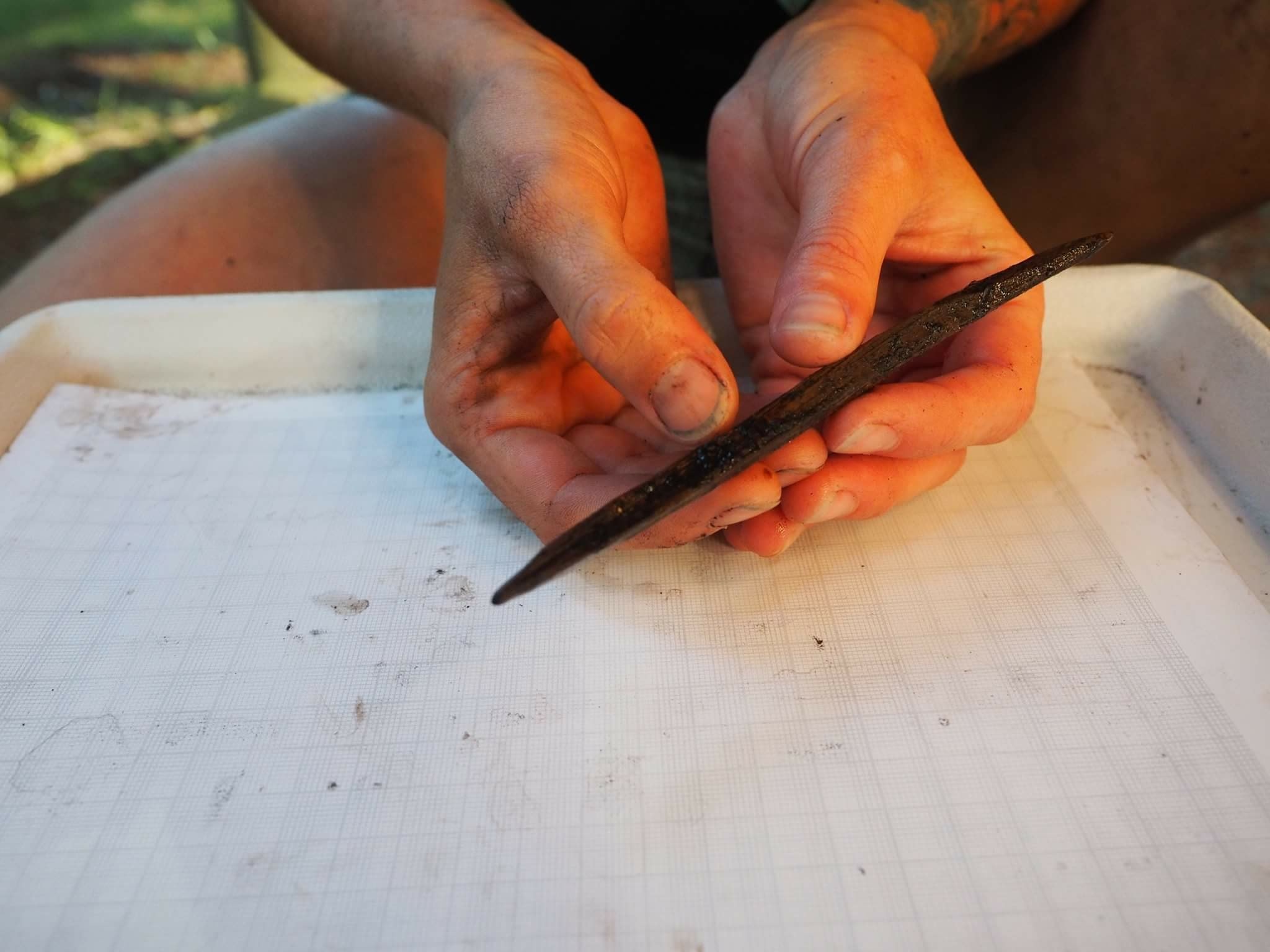Producer Alexa Lim, Jennifer Raff, Frederic Sellet (ScienceFriday.com); Dhr. Seven, Xochitl, Ashley Wells (eds.), Wisdom Quarterly
 |
| How do we study Ancient Americans? (ScienceFriday.com) |

 |
| Frederic Sellet and Jennifer Raff (Jason Kirtley) |
The Americas were one of the last areas populated by modern humans.
The Clovis people were one of the first groups that lived in the area 13,000 years ago, and scientists believe that there were even earlier groups of migrants that had settled in the continents.
Anthropologists Jennifer Raff and Frederic Sellet study these ancient groups of people, but from different perspectives.
Raff uses genetic information from both modern and ancient groups; Sellet specializes in stone tools.
In a conversation at the Orpheum Theater in Wichita, they discuss how they use each of these scientific tools to answer questions about the Clovis culture and try to piece together clues to how they migrated out of Asia and throughout the Americas.
 |
| Are the Bella Bella or Heiltsuk of Canada the original inhabitants of N. America? The Bella Bella are an Indigenous people of the Central Coast region in British Columbia centered on island communities like Campbell Island. |
 |
| Wooden bipoint (Angela Dyck) |
The Heiltsuk or Bella Bella people of Canada, a First Nations group, report
in their oral history that an island on the west coast of their
territory has been home for thousands of years -- one of
the only places to stay uncovered during the Ice Age. When archeologists digging on
Triquet Island last year found charcoal flakes that could be dated at up
to 14,000 years old, the Heiltsuk/Bella Bella found their oral history reaffirmed
by the data. And archaeologists had more evidence to an emerging
hypothesis: After crossing the Bering Sea, the original
inhabitants of North America traveled along the coast to avoid the
inhospitable ice cover. More
Who are the Clovis?
The Clovis culture is a prehistoric
Paleo-Indian culture, named for distinct stone tools found in close association with
Pleistocene fauna at
Blackwater Locality No. 1 near
Clovis, New Mexico, in the 1920s and 1930s. The Clovis culture appears around 11,500–11,000 uncal RCYBP (uncalibrated radiocarbon years before present), at the end of the
last glacial period, and is characterized by the manufacture of "
Clovis points"
and distinctive bone and ivory tools. Archaeologists' most precise
determinations at present suggest that this radiocarbon age is equal to
roughly 13,200 to 12,900 calendar years ago. Clovis people are
considered to be the ancestors of most of the indigenous cultures of the Americas...
More


























































































































































































































































No comments:
Post a Comment